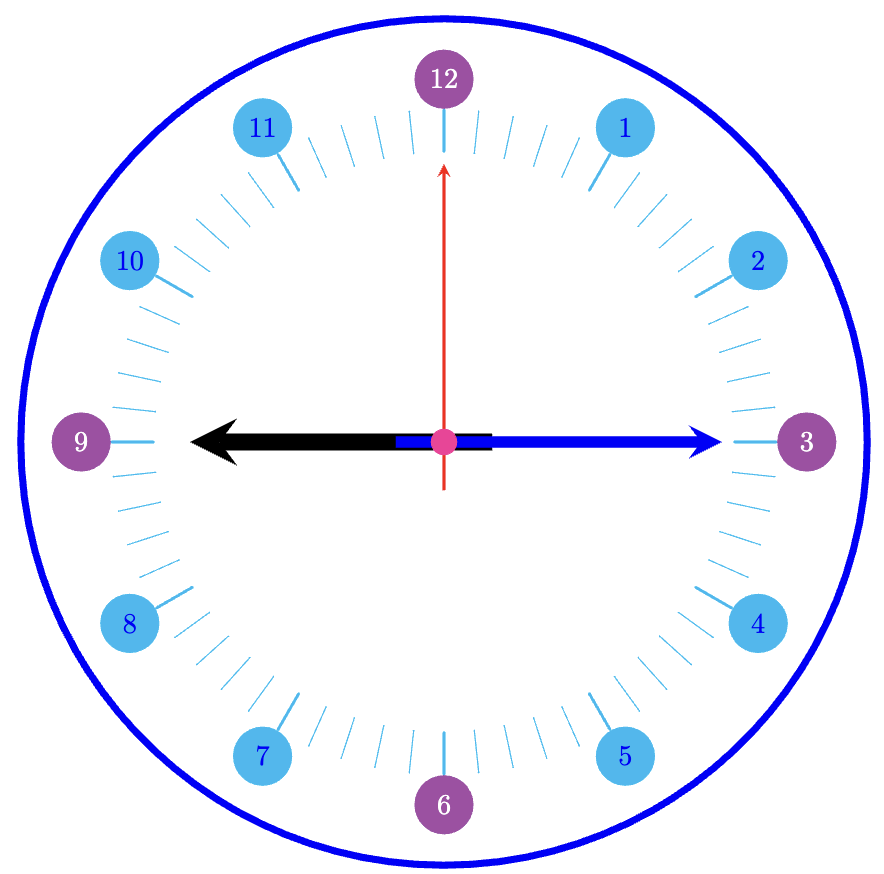We can draw the clock diagram and analyze it.

As of now, the time is $9:15:00$
- The minute-hand and second-hand of a clock cross each other first time at $9:16$
- The minute-hand and second-hand of a clock cross each other second time at $9:17$
- The minute-hand and second-hand of a clock cross each other third time at $9:18$
- $ \quad \vdots \quad \vdots$
- The minute-hand and second-hand of a clock cross each other last time at $9:45$
So, $16, 17,18, \dots, 45$
Number of terms $n = ?$
$l = a + (n-1)d,$ here $a=$ first term, $d = $ common difference, $l=$ last term, $n=$ number of terms
Now, $45 = 16 + (n-1)1$
$\Rightarrow 45 = n + 15$
$\Rightarrow n = 30$
Therefore, the minute-hand and second of a clock cross each other $30$ times between $09:15:00$ AM and $09:45:00$ AM on a day
Correct Answer: A